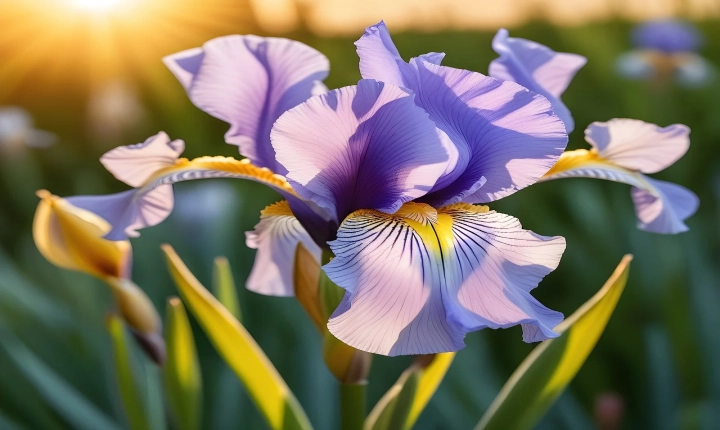Title: The Art and Science of Creating AI-Generated Songs
In the past few years, artificial intelligence (AI) has made significant advancements in the music industry, particularly in the creation of AI-generated songs. This emerging technology has sparked immense interest and debate among musicians, producers, and music enthusiasts. But how do they actually make AI-generated songs?
AI-generated music is a fascinating blend of art and science, combining advanced algorithms, massive datasets of existing music, and creative input from human collaborators. Let’s take a closer look at the various methods and techniques involved in the creation of AI-generated songs.
1. Machine Learning and Neural Networks:
AI-generated music often relies on machine learning algorithms and neural networks to analyze and understand existing music. These algorithms can be trained on a vast library of songs, allowing them to learn patterns, structures, and styles. By doing so, these AI systems can then generate new, original compositions that emulate the styles of the music they were trained on.
2. Sampling and Remixing:
Another approach to creating AI-generated songs involves the sampling and remixing of existing music. AI algorithms are used to analyze and deconstruct existing songs, extracting individual elements such as melodies, rhythms, and harmonies. These elements can then be recombined and reimagined to produce new compositions, often with surprising and innovative results.
3. Collaborative AI Tools:
Some music production software and platforms now offer AI-powered tools that enable human musicians to collaborate with AI in the songwriting process. These tools can assist with tasks such as melody generation, chord progression suggestions, and even automated instrumentation. By leveraging the creative input of both AI and human collaborators, entirely new musical ideas can emerge.
4. Emotion and Context Awareness:
Advancements in AI technology have also made it possible to imbue AI-generated music with emotions and contextual awareness. Some AI systems can analyze and interpret emotional cues in existing music, allowing them to generate compositions with specific emotional tones or moods. Additionally, AI can be used to create music that is tailored to specific contexts, such as video games, films, or advertising campaigns.
5. Ethical Considerations:
While the capabilities of AI-generated music are impressive, there are ethical considerations that come into play. Questions about copyright, ownership, and the authenticity of AI-generated music are subjects of ongoing debate. As AI continues to push boundaries in the music industry, it is essential to address these ethical and legal challenges.
The emergence of AI-generated songs represents a profound shift in the way music is created and consumed. While some view it as a threat to the authenticity of human creativity, others see it as a powerful tool for expanding artistic expression and exploring new musical frontiers. Regardless of the viewpoint, there is no denying that AI-generated music has become an integral part of the modern music landscape.
As technology continues to evolve, it will be fascinating to witness the ongoing evolution of AI-generated music and its impact on the creative process. The fusion of AI and human creativity has the potential to give rise to entirely new genres, styles, and artistic possibilities, opening up a world of musical innovation and exploration. Whether one embraces or challenges the notion of AI-generated music, its impact on the music industry is undeniable, and it will continue to shape the future of music in profound ways.
